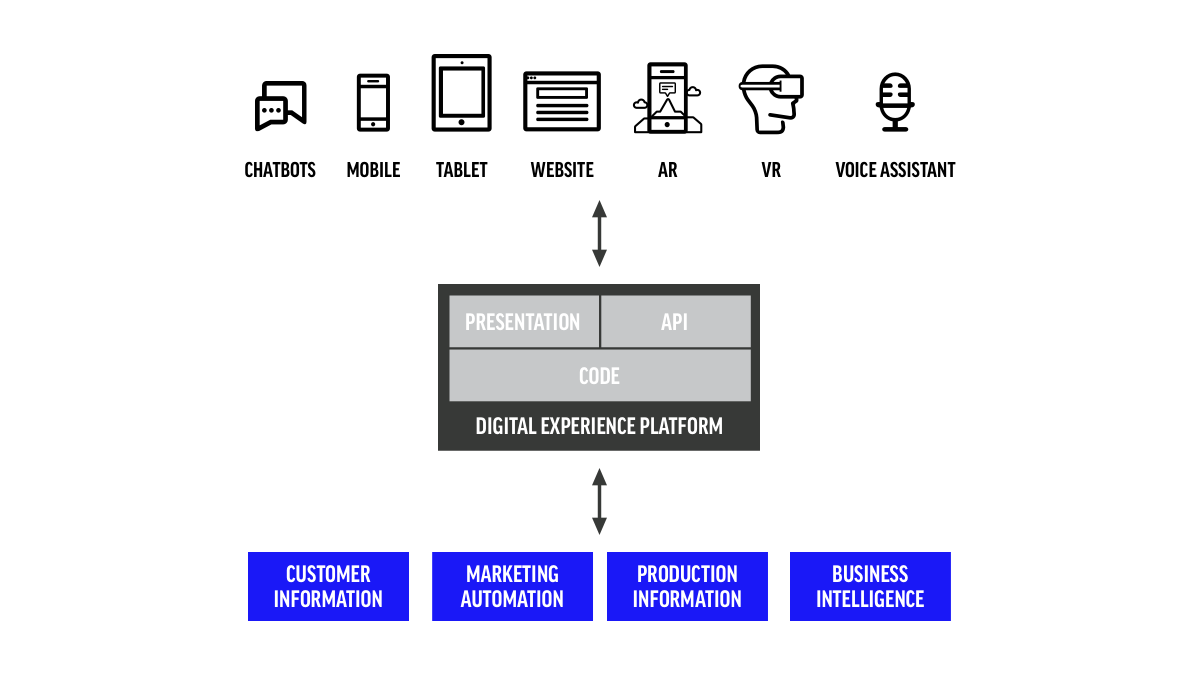The how and why of the digital experience platform

Everything connected
There has been an evolution in which we have completed many different projects from which we have learned many different lessons. Looking forward we can expect further technical development offering new opportunities. A DXP, containing a website with CMS, offers the possibilities to think further about marketing, personalisation, commerce, mobile apps and – a bit further in the future – chatbots, VR, AR and AI. It is a flexible platform, with room for rapid development and innovations. But depending on the project and the needs of the customer, we sometimes still use a CMS or WXP.
The digital experience platform is a must for companies that are at a point in their evolution where they benefit from a fully integrated experience. Companies with a stake in digital, who have a diverse target group that they want to reach through various touchpoints.
More Insights?
View all InsightsQuestions?
Integrations Director





